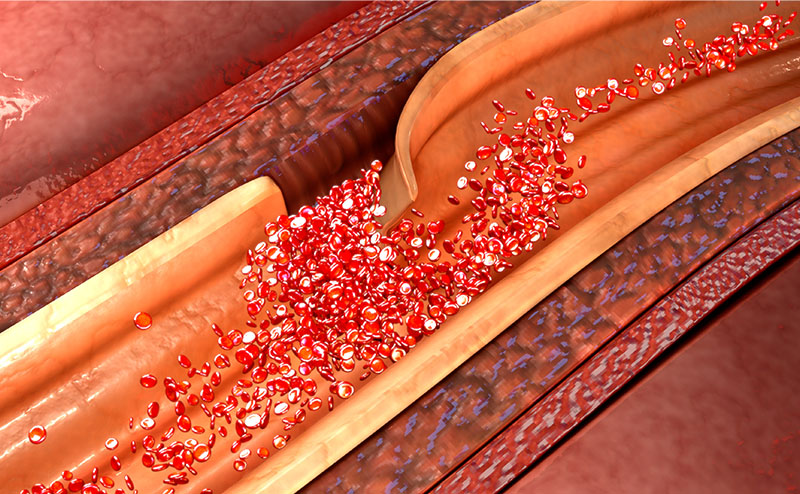
Probing the Literature: Aortic Dissection
Guest Speaker: Dr. Ryan Gibbons, Temple University
Summary: Dr. Nikolai Schnittke, OHSU
Gibbons RC, Smith D, Feig R, Mulflur M, Costantino TG. The sonographic protocol for the emergent evaluation of aortic dissections (SPEED protocol): A multicenter, prospective, observational study. Acad Emerg Med. 2024 Feb;31(2):112-118. doi: 10.1111/acem.14839. Epub 2023 Dec 19. PMID: 38010071.
We were fortunate to have Dr. Ryan Gibbons join the Probing the Literature session on aortic dissection. He is the first author of the SPEED protocol study published in Academic Emergency Medicine in February 2024. The study has garnered a lot of attention including an in depth episode on Skeptics Guide to Emergency Medicine.
How do you conduct a prospective study over 10 years about one of the deadliest, but rarest conditions in emergency medicine?
Head over to the recording to hear some phenomenal insights from Dr. Gibbons. Here are three awesome points that you can take away for your own research endeavors:
- DO POCUS to STUDY POCUS: Gibbons stressed that this did not start as a research project. The department culture had already embraced POCUS before the study ever started. What later came to be known as the SPEED protocol was actively taught to generations of residents who, over the course of the study, had become attendings. While research is difficult and daunting, this study started with the sweat equity that every one of you in emergency ultrasound is already pouring into your programs: education, process improvement, and ultimately culture change. Look at what you are already doing and ask if there is something that you can study in those efforts.
- Keep it Simple! The SPEED protocol itself is shockingly simple and relies on a targeted interpretation of basic cardiac and abdominal views that we already teach. There are no fancy suprasternal notch views, descending aorta views, or doppler assessments that have been mentioned in other POCUS/aorta studies. This simplicity allows:
- A generalizable protocol: The bulk of the POCUS studies were performed by non-EUS trained clinicians with a real clinical question.
- Enrollment over time: Keeping the protocol to what you are already teaching and doing allowed the team to maintain enrollment over a decade!
- Digestible message: The simplicity of the protocol allows for a simple message. For such a long study, the manuscript is refreshingly easy to read: three tables and no supplements.
Study Summary
This was a prospective observational study that enrolled patients with suspected acute aortic dissection from January 1, 2010 until December 31, 2019 in three hospitals. The primary outcome was the diagnostic accuracy of the Sonographic Protocol for the Emergent Evaluation of Aortic Dissections (SPEED). The SPEED protocol looks for three findings concerning for an aortic dissection:
- Aortic Outflow Tract >35 mm. Measured from inner wall to inner wall within 20 mm of the aortic annulus during end diastole.
- Pericardial Effusion. Assessed via conventional cardiac views.
- Dissection Flap. Assessed in abdominal and thoracic views as undulating intraluminal intimal flap.
The SPEED protocol was considered positive if any one of these findings was present and negative if none of the findings was present. The outcome was the diagnostic accuracy of SPEED compared to the reference diagnosis of aortic dissection by CT scan, MRI, or cardiology performed TEE.
Findings: 103 unique emergency medicine residents, supervised by 41 different EM attendings performed 1,313 SPEED exams. On reference imaging, 43 patients had an aortic dissection (21 Type A and 23 Type B dissections). SPEED detected all Type A dissections and 20/23 Type B dissections. The overall test characteristics (with 95% CI) were a Sensitivity of 93.2% (81.3-98.6), Specificity 90.9% (89.2-92.5), LR+ 10.2 (8.5-12.5), LR- 0.1 (0.0-0.2). When narrowed to the Type A dissections, SPEED protocol had a sensitivity of 100% (83.9-100) (no misses) and a specificity of 90.9% (89.2-92.5).
While the study has a number of limitations (observational design of a convenience sample looking for a disease with low incidence), it is an impressive feat to capture a large number of patients with a rare, but deadly condition.



